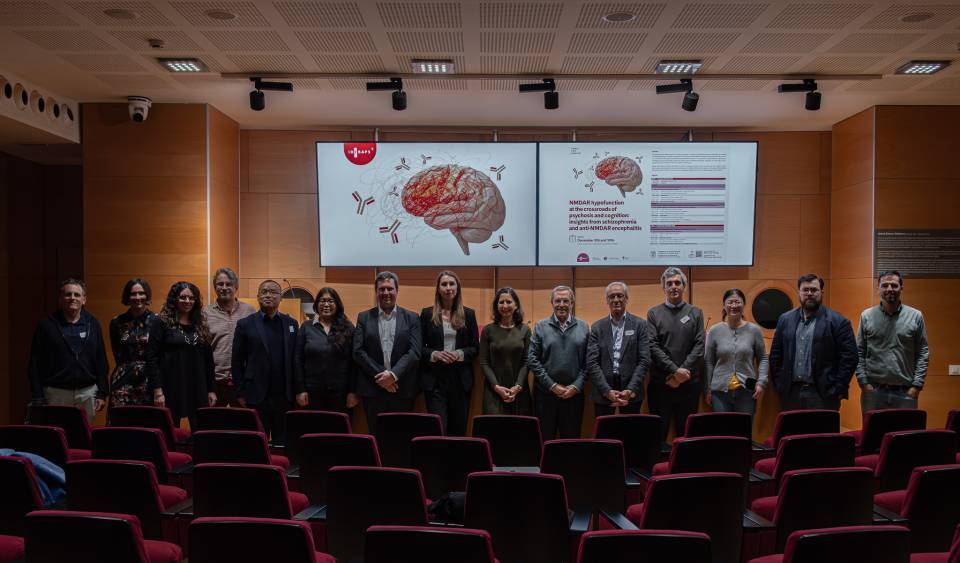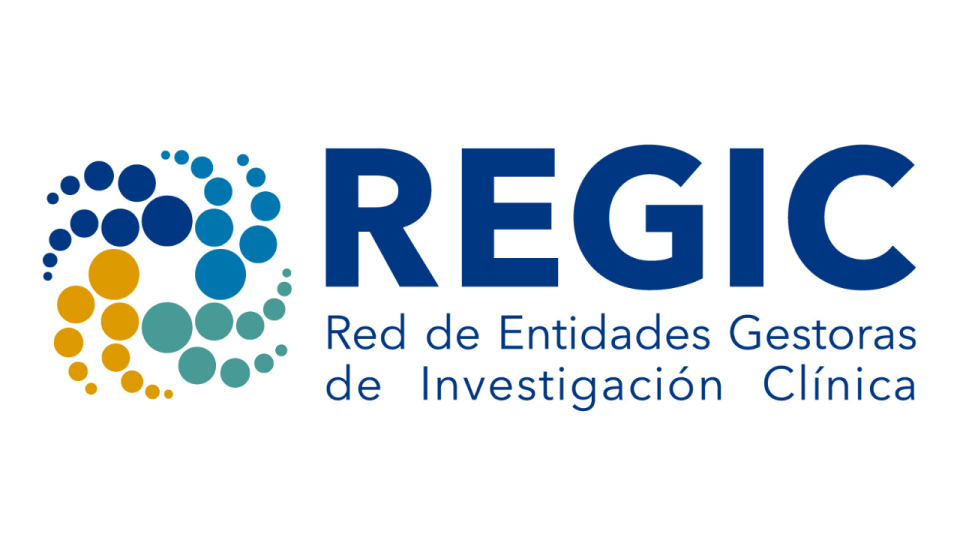Researchers at IDIBAPS-Hospital Clínic Barcelona have published as article in the journal Nature Reviews Gastroenterology & Hepatology that reviews how cellular senescence contributes to the progression of various liver diseases. The article provides a deeper understanding of mechanisms and potential treatments related to this cellular process.
What is cellular senescence?
Cellular senescence is a physiological process in which cells stop dividing and enter a permanent state of rest in response to different types of stress, such as DNA damage or oxidative stress. This phenomenon, which can be beneficial in certain circumstances such as the suppression of cancer, can also have negative effects when senescent cells accumulate in tissues and can contribute to the appearance of certain diseases, including those of the liver.
Senescence and liver diseases
For the article published in Nature Reviews Gastroenterology & Hepatology, the researchers have reviewed the existing literature on the pathophysiological role of cellular senescence in liver diseases.
The liver, a vital organ responsible for crucial functions such as detoxification and metabolism, can be severely affected by the accumulation of senescent cells. These cells not only lose their functionality, but also secrete a series of pro-inflammatory and fibrogenic factors that contribute to chronic inflammation and the accumulation of fibrous tissue in the liver. Cellular senescence can also contribute to other diseases, such as cirrhosis, liver cancer and hepatic steatosis.
The review also identifies several biomarkers that could be useful for the early diagnosis of liver diseases. These include certain proteins and signalling factors elevated in the presence of senescent cells.
In addition, they propose various treatments to try to modulate cellular senescence in the liver and prevent or treat liver diseases, such as anti-inflammatory drugs, antioxidants and senolytic agents, an emerging class of drugs designed to eliminate senescent cells that have shown promising results in animal models.
“This is a field with high potential that still requires effort and better understanding, which together could lead to new treatments for chronic liver diseases”, says Jordi Gracia-Sancho. IDIBAPS’ Liver vascular biology group conducts part of its research in this field, specifically to describe “the role of hepatic endothelial senescence as a pathological process and a new therapeutic target for liver diseases”.
Reference study:
Sanfeliu-Redondo D, Gibert-Ramos A, Gracia-Sancho J. Cell senescence in liver diseases: pathological mechanism and theranostic opportunity. Nat Rev Gastroenterol Hepatol. 2024 Mar 14. doi: 10.1038/s41575-024-00913-4. Epub ahead of print. PMID: 38485755.




